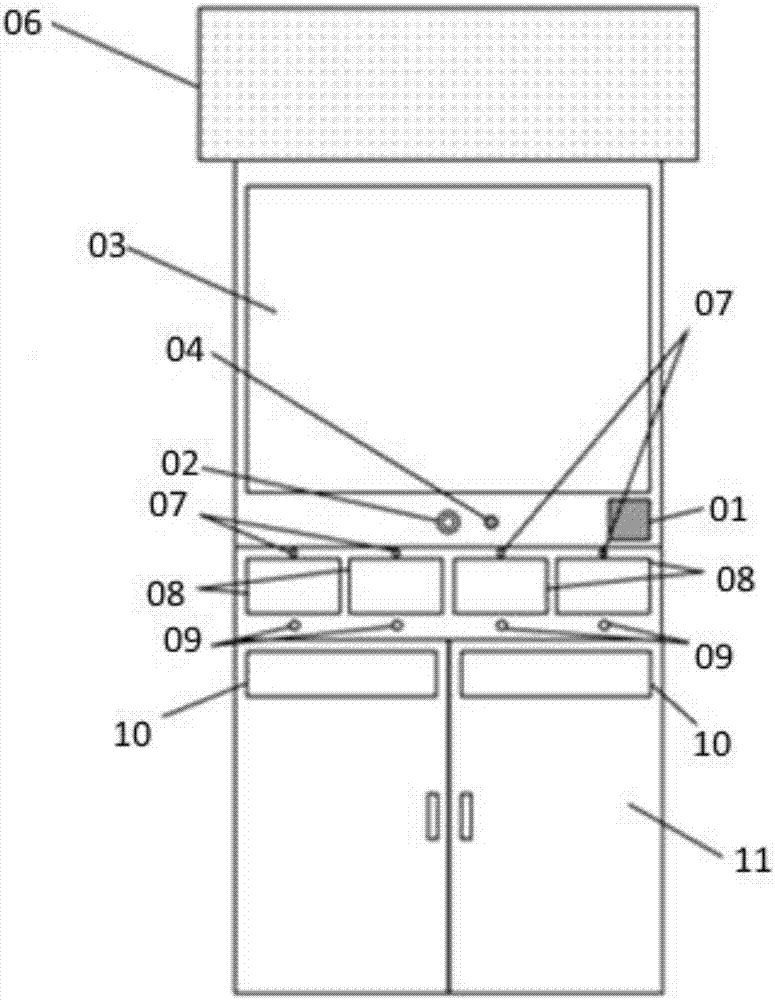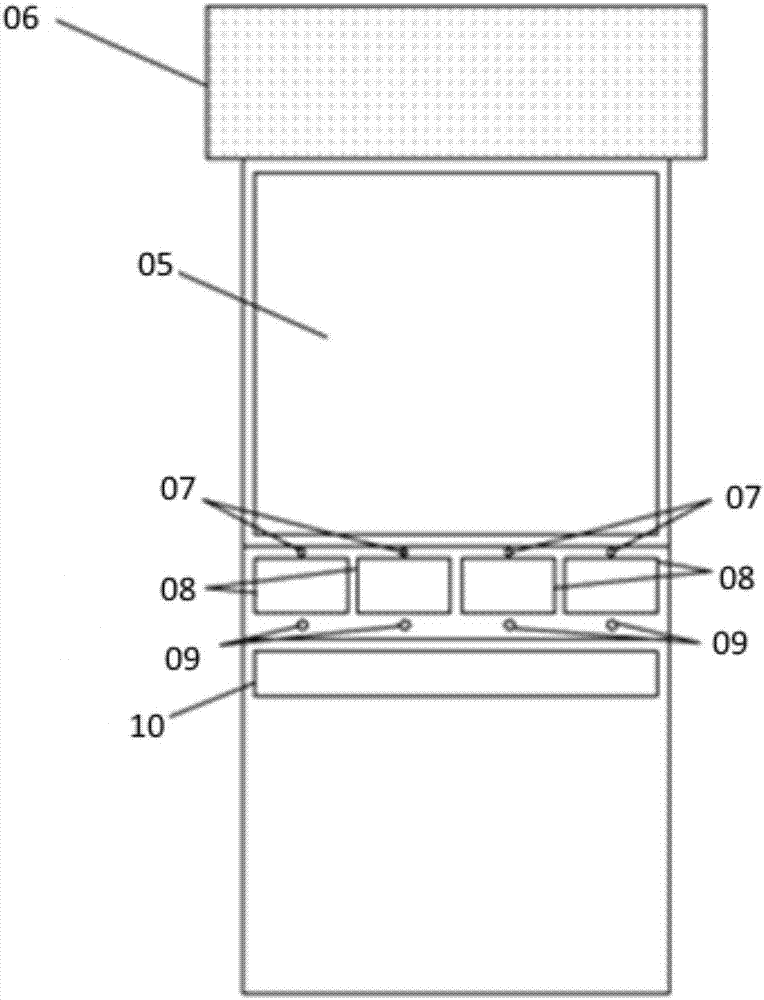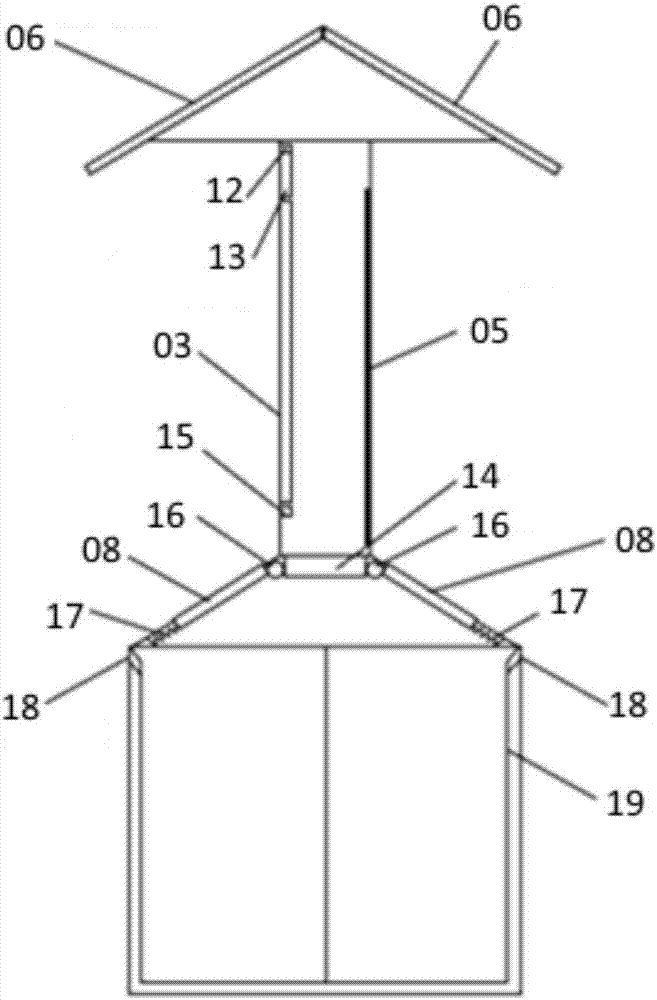Garbage classification prompt garbage can and system based on image recognition
A technology of garbage classification and image recognition, which is applied in the direction of garbage bins, garbage collection, waste collection and transfer, etc., can solve the problems of accurate classification of types of garbage, difficulty in accurately judging the classification, lack of garbage classification, etc., to improve the quality of the living environment , Reduce the amount of garbage disposal, reduce the effect of workload
- Summary
- Abstract
- Description
- Claims
- Application Information
AI Technical Summary
Problems solved by technology
Method used
Image
Examples
Embodiment Construction
[0028] Below, in conjunction with accompanying drawing and specific embodiment, the present invention is described further:
[0029] In order to make it convenient for everyone to carry out garbage classification processing corresponding to various types of garbage, and reduce the pressure of urban garbage disposal, the present invention provides a system that can automatically identify garbage according to the status of the existing sorted garbage being put into use. A prompt trash can that automatically recognizes the garbage classification that belongs to the classification and provides classification reminders. After the remote background configuration, the prompt garbage bins for the automatic identification of garbage classification correspond one-to-one with the categories of classified garbage bins that have been deployed and put into use. The built-in identification module uses image recognition technology to quickly identify garbage and make the corresponding classifi...
PUM
 Login to View More
Login to View More Abstract
Description
Claims
Application Information
 Login to View More
Login to View More - R&D
- Intellectual Property
- Life Sciences
- Materials
- Tech Scout
- Unparalleled Data Quality
- Higher Quality Content
- 60% Fewer Hallucinations
Browse by: Latest US Patents, China's latest patents, Technical Efficacy Thesaurus, Application Domain, Technology Topic, Popular Technical Reports.
© 2025 PatSnap. All rights reserved.Legal|Privacy policy|Modern Slavery Act Transparency Statement|Sitemap|About US| Contact US: help@patsnap.com



